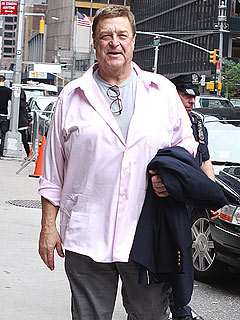 Because I get to work with other dietitians, I learned about CSAs from them. Since I don't live in the same area as my co-workers, I couldn't subscribe to their CSA so they pointed me to Local Harvest. They have a simple search tool to find a CSA that was convenient for me and I found Abundant Harvest Organics. I signed up and for the past few months I have been picking up my box every Saturday morning. I pay for a small box of locally grown, organic vegetables and fruits and it is enough to last my family of four a whole week. You can see one of my most recent box contents on the right. The great thing about Abundant Harvest is that they also have a ton of add-ons. Which means I can pay a little extra but along with my regular box I can also buy grass-fed beef, pasture raised chickens, organic nuts and even coffee just to name a few of the products.
Because I get to work with other dietitians, I learned about CSAs from them. Since I don't live in the same area as my co-workers, I couldn't subscribe to their CSA so they pointed me to Local Harvest. They have a simple search tool to find a CSA that was convenient for me and I found Abundant Harvest Organics. I signed up and for the past few months I have been picking up my box every Saturday morning. I pay for a small box of locally grown, organic vegetables and fruits and it is enough to last my family of four a whole week. You can see one of my most recent box contents on the right. The great thing about Abundant Harvest is that they also have a ton of add-ons. Which means I can pay a little extra but along with my regular box I can also buy grass-fed beef, pasture raised chickens, organic nuts and even coffee just to name a few of the products. Here's the beauty of a CSA:
- I know that I am supporting a group of small, local farmers who are committed to providing fresh, organic foods.
- I take my 2 1/2 year old twins with me every Saturday morning while my wife stays at home to relax. We get to spend some quality time together and they love opening up the box and saying, "Surprise!" and they try little bites of all the produce we get.
- We cook more at home and include more vegetables in everything we make.
There are also some CSAs that provide their members with other benefits aside from fresh produce. Hazon is a Jewish CSA whose goal is to promote sustainable living and agriculture to the American Jewish community.
Joining a CSA has been a great experience. I feel better about where my food comes from and my family has enjoyed trying new recipes to make use of each week's bounty. My wife and kids will always be my main loves but my CSA has helped develop my love for fresh, locally grown, organic foods.


